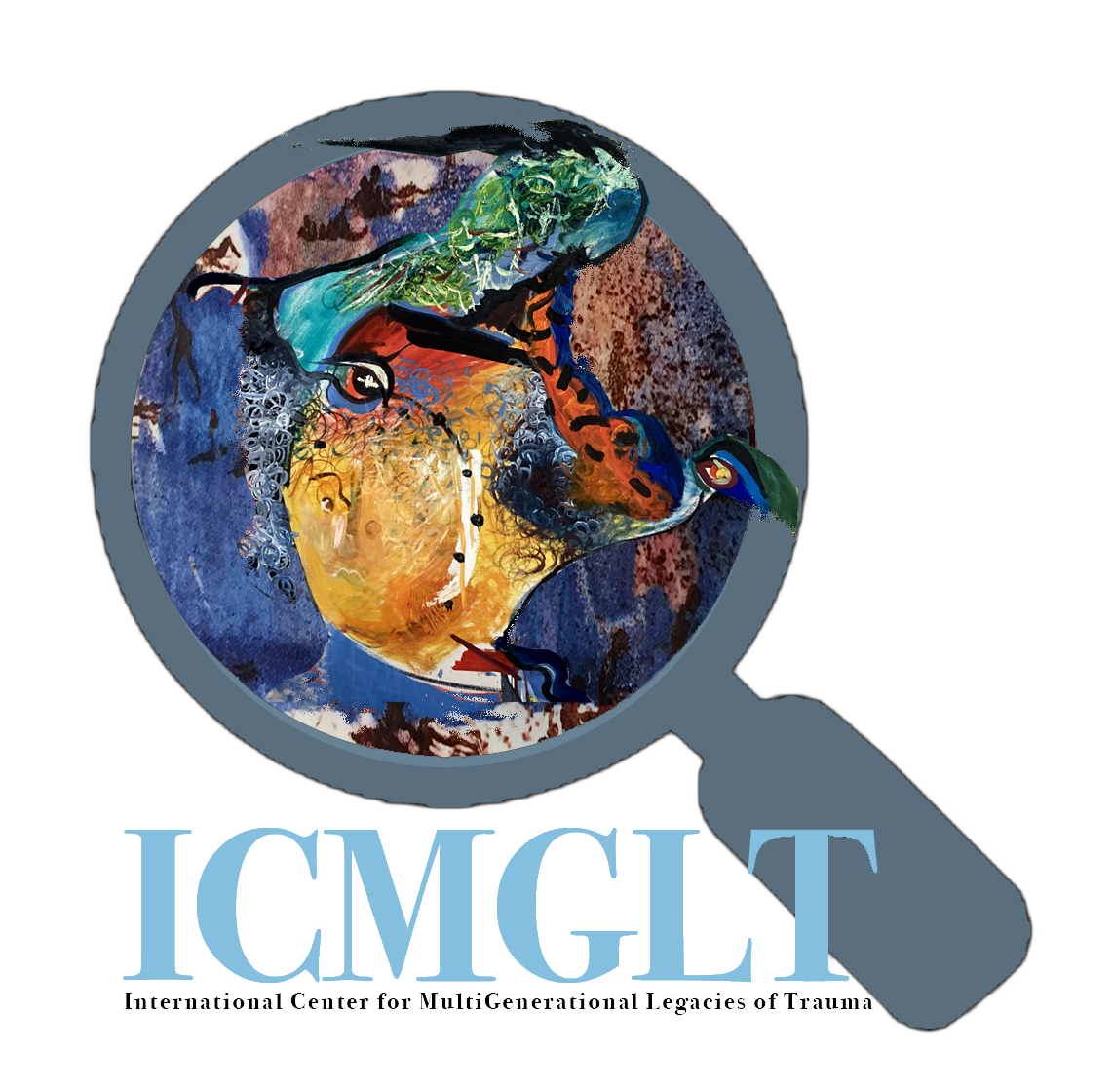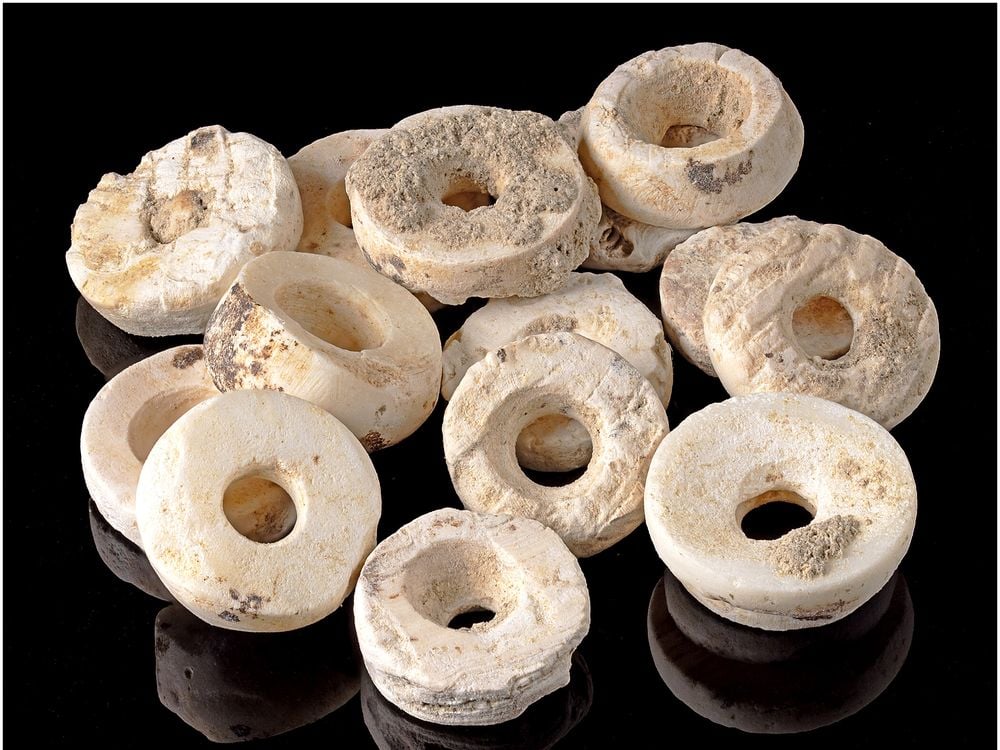At a 5,000-year-old tomb in Spain, researchers found what is likely the largest known collection of beads ever discovered at a burial site
Sarah Kuta February 18, 2025 2:09 p.m.
More than 270,000 hand-crafted beads have been recovered from a 5,000-year-old burial site in Spain. Archaeologists think the women buried there may have been powerful, high-status figures.
The discovery is likely the largest grouping of beads ever found at a single burial site, researchers reported in a recent study published in the journal Science Advances.
What Does a Cowboy Look Like?
Archaeologists discovered the beads while excavating the Tholos de Montelirio burial site in southwestern Spain, not far from the “Ivory Lady” tomb. Located just outside of Seville, the tomb was used from roughly 2800 to 2600 B.C.E. during the Copper Age.
Here, archaeologists discovered 20 skeletons and confirmed that at least 15 of them belonged to women. That gender imbalance is unusual in its own right, and the beads may indicate that these women were particularly powerful.
The women were buried with an estimated 270,769 disc-shaped beads made of marine shells, animal bones and stone. Together, the beads weigh around 33 pounds.
Previously, the largest known collections of beads contained only some 30,000. Beyond those, most tombs contain between 1,000 to 5,000 beads, says co-author Leonardo García Sanjuán, a historian at the University of Seville in Spain, to El País’ Miguel Ángel Criado.
Making the tiny beads would have taken a lot of time and manpower: Researchers estimate that the workload is equivalent to ten individuals working eight hours a day for nearly seven months. And that doesn’t account for the time it took to gather the materials used to make them.
/https://tf-cmsv2-smithsonianmag-media.s3.amazonaws.com/filer_public/e0/1d/e01de1c7-dad2-41de-acb6-ea5d8757b63c/sciadvadp1917-f4.jpg)
They came up with this approximation by trying to make beads themselves, using only the tools that were available at the time. On average, each bead took them 55 minutes to make. But because the Copper Age individuals who made the burial beads were probably experienced artisans, the researchers estimated that each bead took roughly 11 minutes to make.
“The efforts to produce these beaded robes far exceed those required to produce a couture red carpet garment today,” says co-author Marta Díaz-Guardamino, an archaeologist at Durham University in England, to CNN’s Katie Hunt.
Testing also revealed that many of the beads were fashioned from scallop shells. Researchers estimate that more than 1,700 pounds of scallop shells were used to make the beads. Because the shells may have been iridescent, the beads likely had a sparkly, glittering sheen in the sun.
“In the pre-Christian world, the scallop, its shell, was a symbol of femininity,” García Sanjuán tells El País. “It is a symbol of goddesses, who are basically the goddesses of fertility.”
The beads likely once adorned ceremonial dresses or robes made of linen. (Researchers found microscopic bits of flax, a plant often used to make linen, at the site.) The gowns were also decorated with ivory and amber pendants in the shape of birds and acorns.
“These women probably exercised tasks of religious and probably political leadership in their time, managing a famous sanctuary around which important congregations of great social significance took place,” co-author Samuel Ramírez-Cruzado, a geoarchaeologist at the University of Seville, tells Live Science’s Kristina Killgrove.
Researchers don’t know whether the women were related to one another, as they haven’t performed DNA analyses on the remains. That might be fodder for future research.
Moving forward, archaeologists also want to investigate the broader social structure of the group that lived at the site. They’re curious to know whether this community was a matriarchy.
“Matriarchy has been a very controversial concept in history and anthropology, but I am quite keen now to tackle it head-on,” García Sanjuán tells CNN. “I think it’s just not chance that we are seeing, repeatedly, these cases … between 2900 and 2600 [B.C.E.] of all these great, very, very high-standing, powerful women.”




